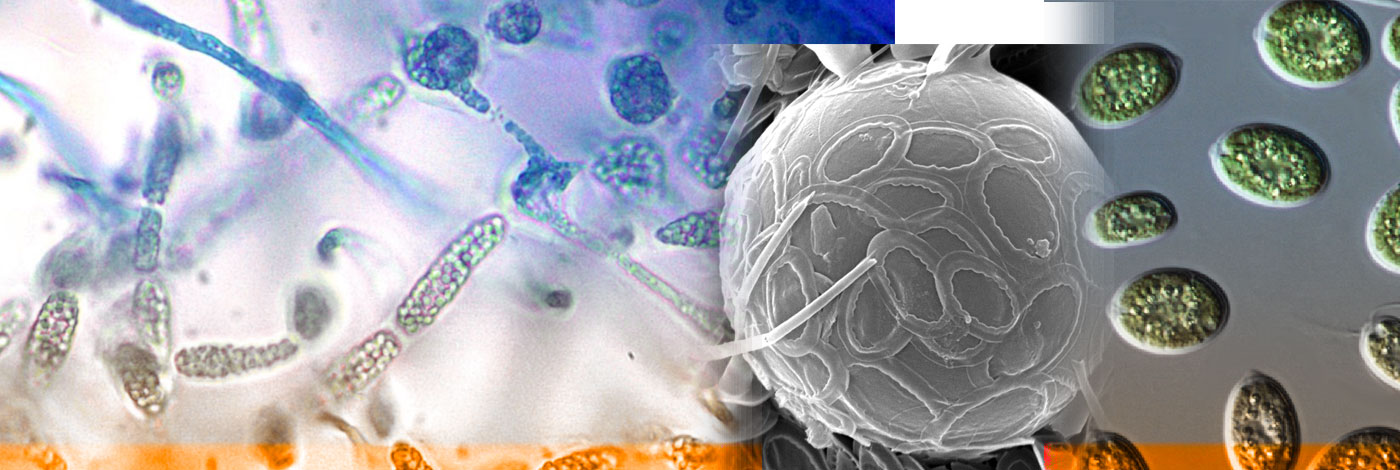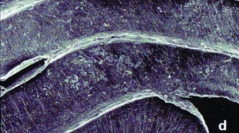

 Cryptogamie, Algologie
23 (1) - Pages 65-73
Cryptogamie, Algologie
23 (1) - Pages 65-73The only previous study on the charophycean flora of Tunisia was that of Corillion (1977), which described the presence of Nitella capillaris in the northern Tunisia. However, no site description was given and the species was not described in detail. The present study concerns the presence and the examination of charophycean oospores in a sediment core from a small soft-water Tunisian lake (Megene Chitane). The presence of Nitella opaca oospores in the sediment was established. This record extends the biogeographical distribution of the species in the temperate zones of North Africa (Rif in the North of Morocco and the North West of Tunisia). The distribution of the oospores down the core sediment was very heterogeneous: high abundances occurred between 33 to 45 cm sediment depth, whereas low abundances characterised the upper part of the core (0-30 cm). These sediment core results demonstrate the former abundance of this species in Megene Chitane, but lower numbers of oospores recorded in the most recent upper lake sediment suggest that the plant is becoming less common. Reduction in water levels and enrichment are thought to have degraded the site in recent years and environmental stress appears to be threatening the submerged aquatic plant communities in this lake. Acid lakes are very rare in Tunisia and the disturbance of Megene Chitane is most clearly related to increased human activity. Megene Chitane warrants conservation management to restore both water quality and water level.
Acidic lake, Characeae, core sediment, freshwater algae, Nitella opaca, oospores, palaeolimnology